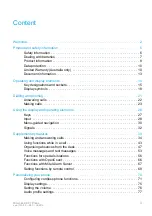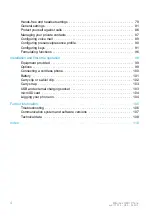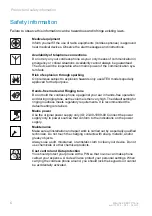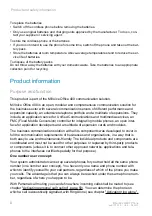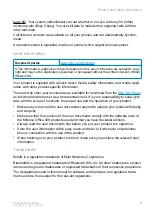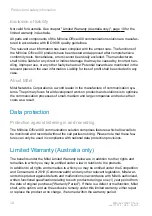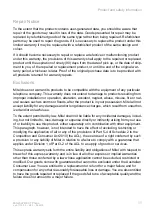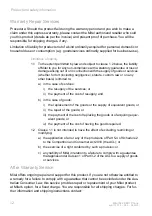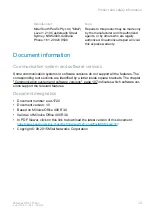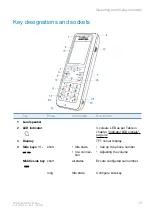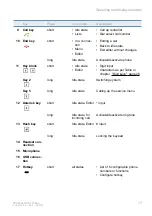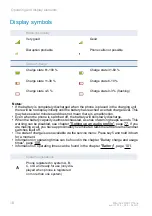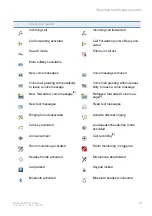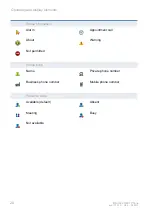
Product and safety information
Mitel 622 DECT Phone
7
eud-1720/1.0 – R3.0 – 08.2015
Dealing with batteries
Please observe the following rules and regulations when dealing with batteries:
Ambient conditions
Do not operate the device outside the temperature range of +5 °C to approx.
+40 °C. Avoid direct sunlight and other sources of heat.
Protect your device against the wet, excessive dust, corrosive liquids and
steam.
Do not expose your device to electromagnetic fields (electric motors, house-
hold appliances). The speech quality could be affected. To prevent interfer-
ence, avoid placing your handset in the immediate vicinity of computers,
radios, TV sets, VCRs, and other telephone sets.
Disposal
Be sure to dispose of your device, batteries and its packaging in an environ-
mentally compatible way. Electrical equipment does not belong in domestic
waste. Deposit it at a return centre.
Accessories
Use original accessories or specifically approved accessories only. The use of
other accessories may decrease performance or pose a risk to your health or
safety.
General rules when dealing with batteries
• Never tamper with or dismantle batteries.
• Never immerse the batteries in water or throw it into a fire.
• Do not expose the batteries to high temperatures.
When putting your cordless phone into operation
• Only use the battery pack supplied by the manufacturer.
• Take note of the instructions in chapter "Battery", page 101 and follow the procedure
described there.
• It takes two to three charging cycles for the batteries to reach their fully charged state.
• Only use the charging unit supplied by the manufacturer.
• For the charging unit only use the plug-in power adapter supplied by the manufacturer (ID: 23-
00-1089-00 Otherwise the phone may be damaged.
When operating your cordless phone
• It is normal for the batteries to become warm when charging.
• Discharge the batteries from time to time to prolong their service life. Do not place the corre-
sponding cordless phone back into the charging unit until the batteries are not fully or almost
fully discharged.



